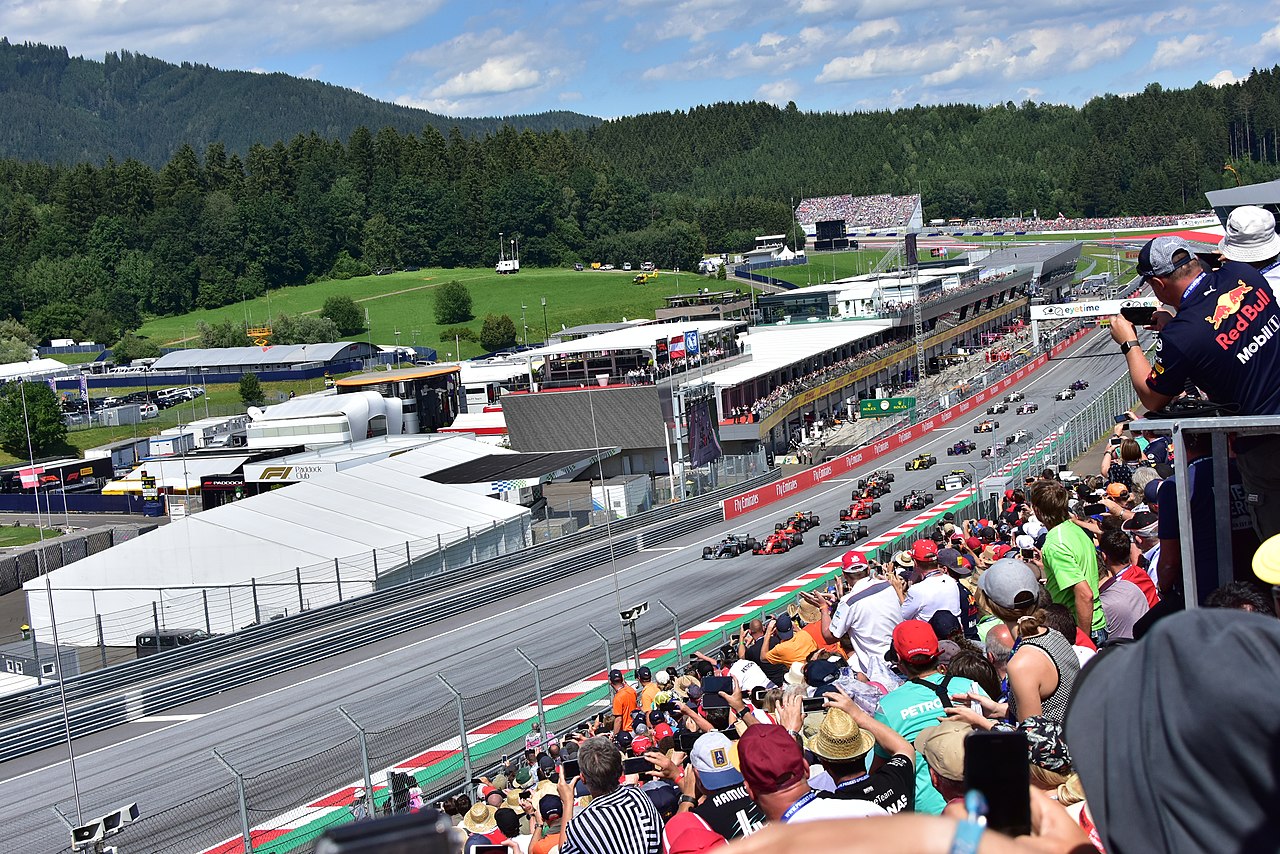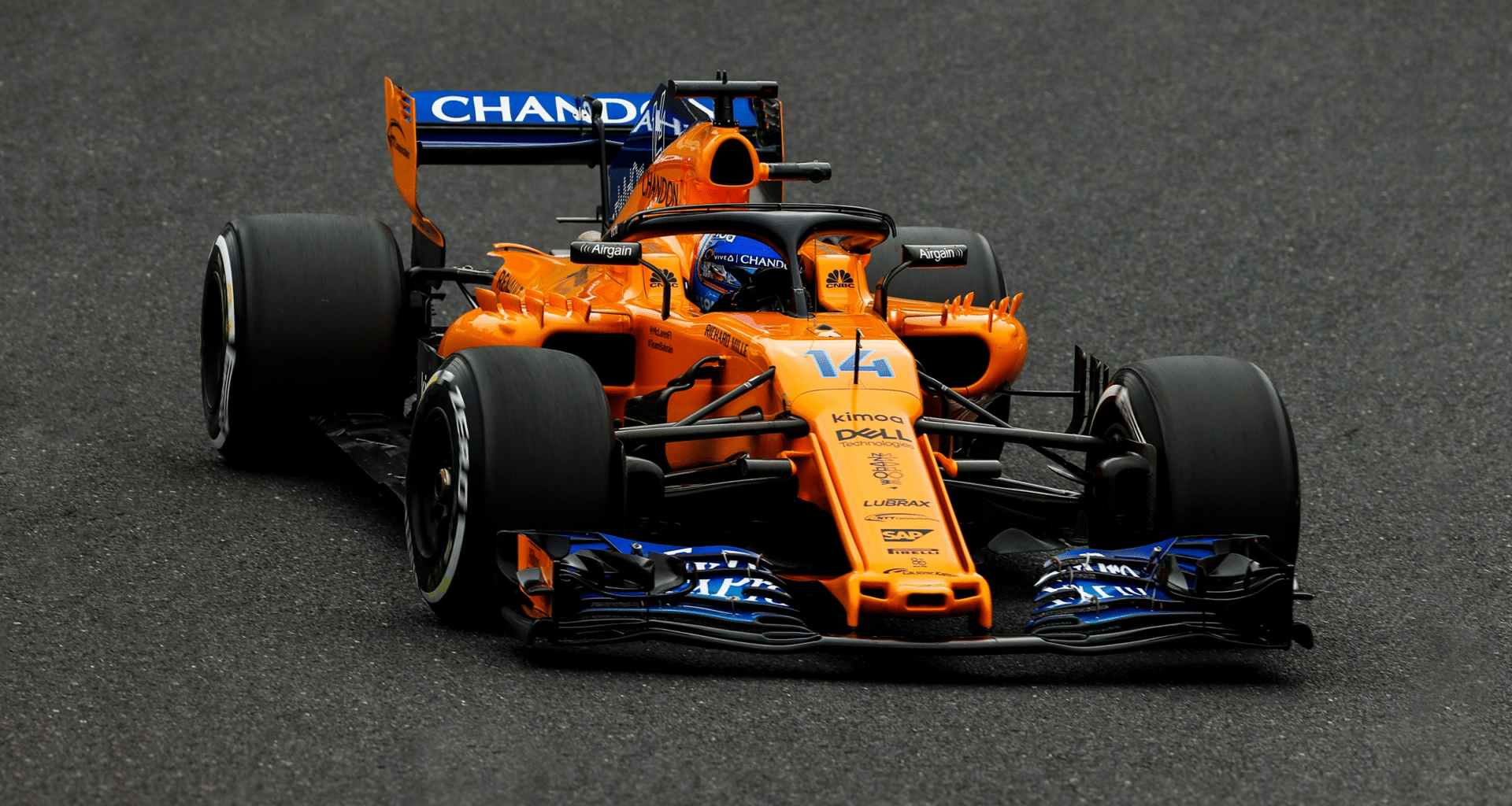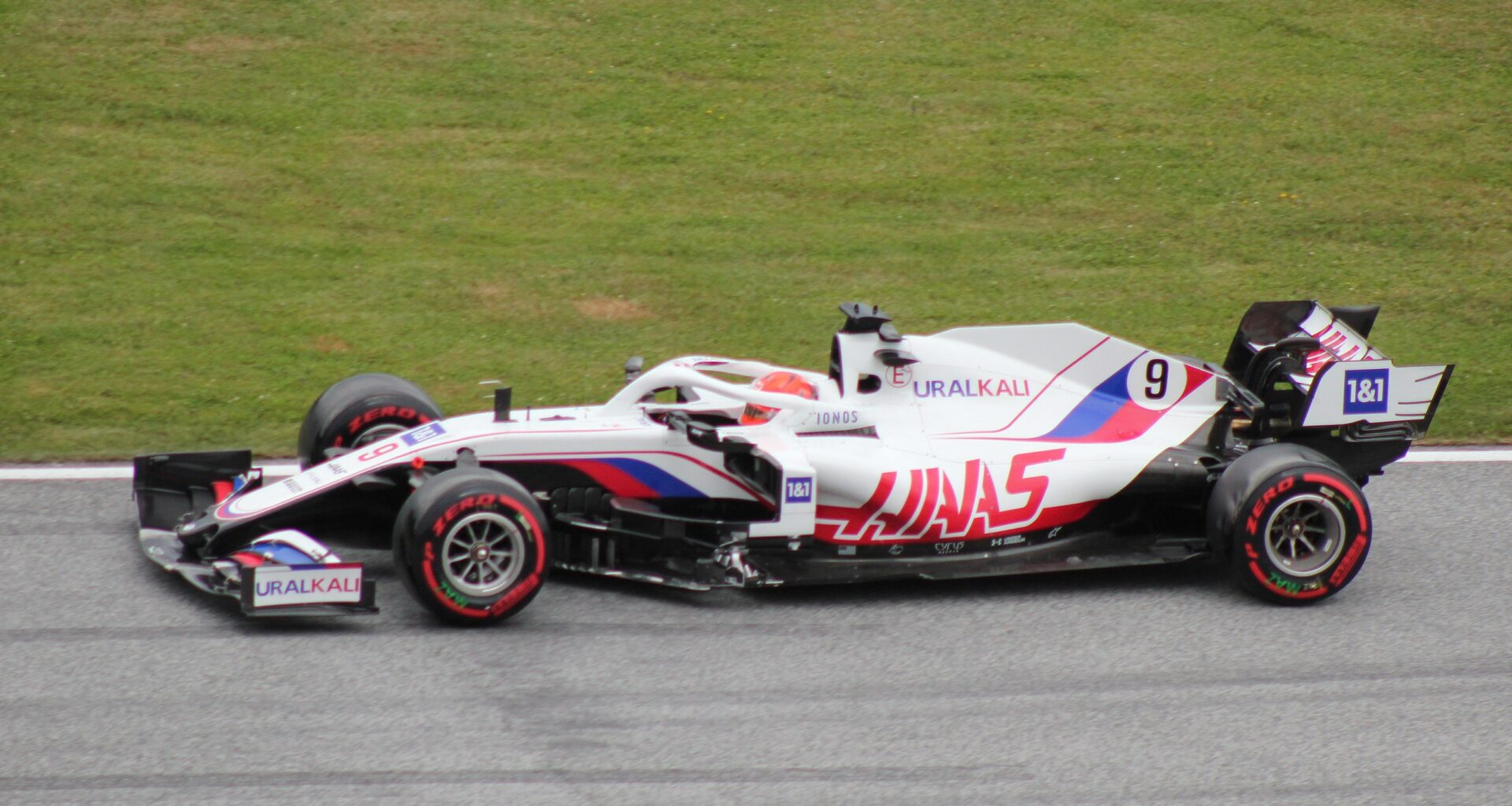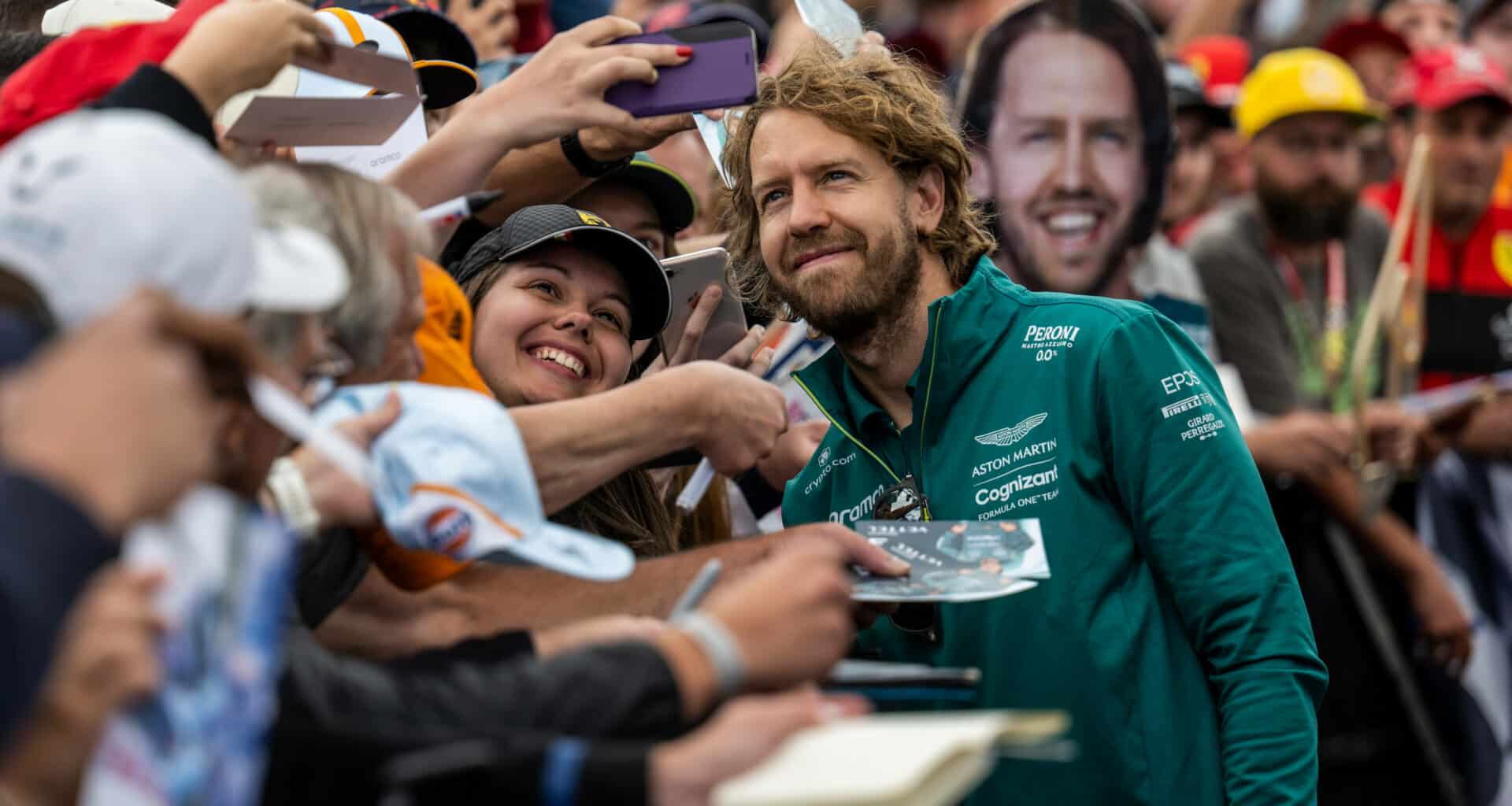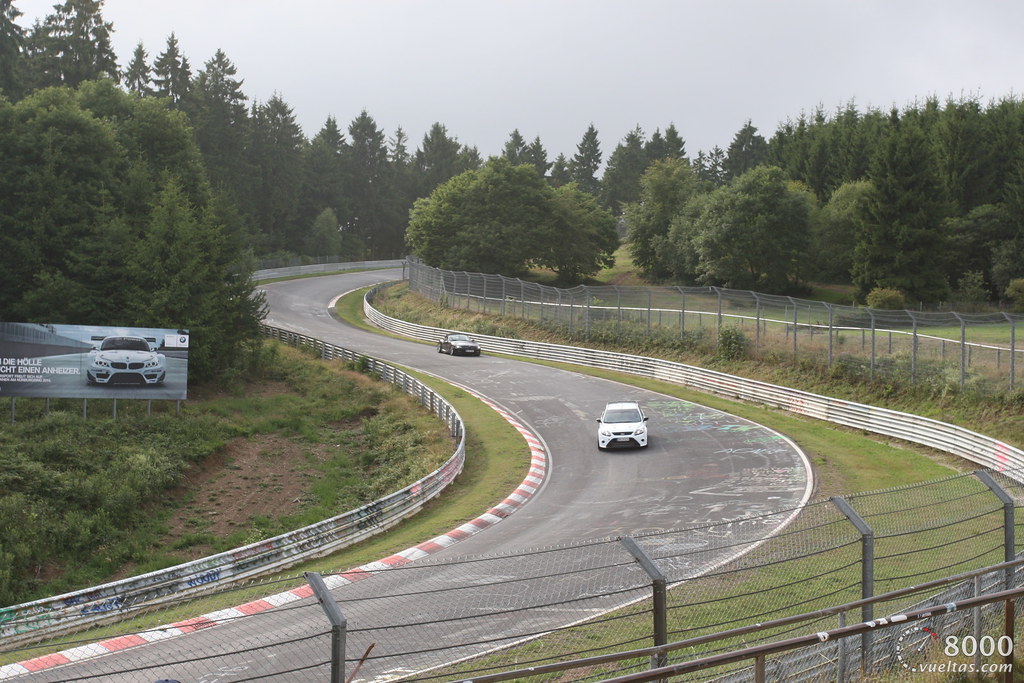In Formula One, the race’s outcome depends on the starting order. It’s a high-stress, high-adrenaline situation where drivers, teams, and race control collaborate flawlessly to ensure a seamless and secure race start.
This article will step-by-step examine the complex start sequence, starting with the race weekend schedule and ending with historic race beginnings and events.
Table of Contents
The Build-Up: Pre-Race Ceremonies and National Anthems
Pre-race festivities heighten the sense of expectation and excitement as the start sequence approaches.
These ceremonies frequently feature entertainment that highlights the host nation’s traditions and customs, such as cultural performances, military demonstrations, and other forms of entertainment.
Also, the national anthems of the nation hosting the race and the driver in pole position serve as signals that the race is about to start.
The pre-race period is used by drivers to concentrate and mentally get ready for the upcoming challenging competition.
Teams simultaneously evaluate the cars right before the race, fine-tuning and making any necessary alterations.
The Formation Lap and Grid Positions

The pre-race formalities are now over, and the formation lap will now begin.
Drivers take their places on the starting grid during this lap, warming up their brakes and tires.
The formation lap is used to check that all vehicles are operating properly and to offer drivers one last chance to become comfortable with the track conditions.
Engineers and mechanics do last-minute checks to make sure everything is prepared for the crucial start sequence once all vehicles have been placed on the grid.
On their assigned grid places, which are based on their qualifying results, the drivers wait for the start sequence.
The Start Sequence Procedure Explained
The race director turns on the start light system, which flashes a series of red lights to signal the start of the race.
Drivers rev their motors in anticipation as the tension rises when all five red lights are on.
The race then officially begins as the lights go off.
Drivers must respond swiftly and deliberately during this critical period, controlling their vehicle’s acceleration and traction to prevent accidents and gain positions.
Drivers need talent, accuracy, and good judgment to make a successful start, which prepares the field for the next, furious racing action.
The Role of the Race Director
The start order is one of the many aspects of the race weekend that the race director is in charge of managing.
The race director makes sure that all teams and drivers abide by the rules and keeps contact with race control to keep track of any potential problems that can affect the race.
The race director has the power to cancel the start, send in the safety car, or raise the red flag if there is a problem with the start sequence or if an incident occurs on the track.
The race director is ultimately responsible for making sure that the start procedure and the entire race weekend go off without a hitch, safely, and fairly for everyone involved.
Key Factors Influencing Formula 1 Race Starts
The start order in Formula 1 can be affected by a number of variables, such as the track, the weather, and technical problems.
Every race start brings a unique set of problems, and drivers must adjust to them by making split-second judgments.
Teams must also be ready to respond swiftly to changes in the environment and modify their strategy as necessary.
The start sequence involves human variables, much like in any sport.
A driver’s performance can be affected by nerves, judgment calls, and reaction times, which adds to the riveting spectacle that is a long Formula 1 race start.

Famous Starts and Race Incidents
There have been a lot of memorable race starts and shocking occurrences in Formula 1 history, underscoring the fierce competition and substantial stakes involved.
These events, which have formed the sport’s story and contributed to its ongoing allure for fans worldwide, range from exhilarating overtakes to devastating wrecks.
Ayrton Senna‘s amazing start in the 1993 European Grand Prix, in which he advanced from seventh to first on the opening lap, and the chaotic opening corner pile-up at the 1998 Belgian Grand Prix, which resulted in a red flag and a restart of the race, are two famous examples.

These moments, both triumphant and tragic, serve as reminders of the fine line between success and disaster in Formula 1.
